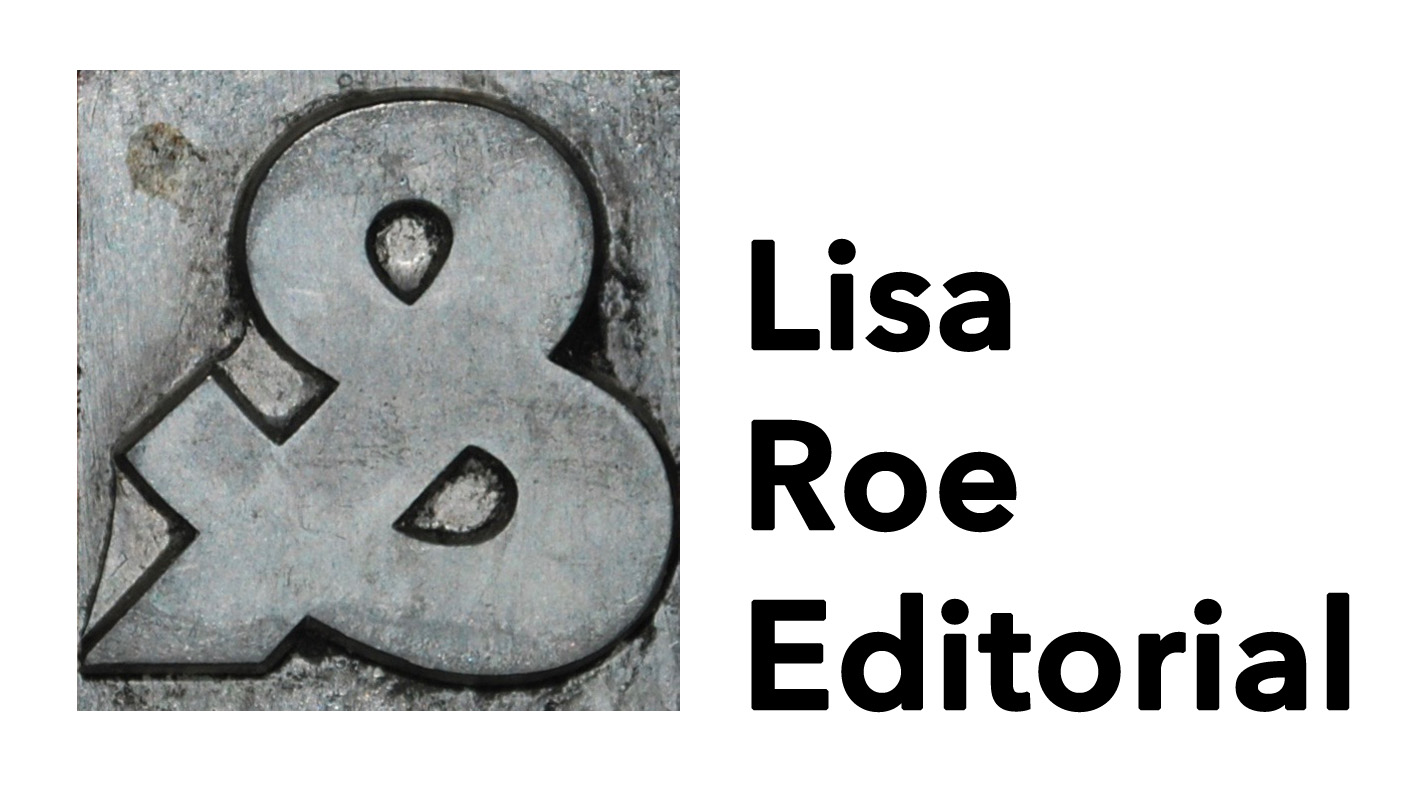"Curate" — Annoying or Really Annoying?
/PHOTO: "FLOATING HEADS" BY SOPHIE CAVE, KELVINGROVE MUSEUM, GLASGOW, SCOTLAND. BY LISA WYATT ROE, 2015.
Digital content. Hotel minibars. Cheese plates. Photos of beards. They’re all things I’ve recently seen described as “curated.” Doesn’t it seem like there’s way too much “curating” going on now?
Once used mainly in the realm of museums or art collections, “curate” is now applied to just about any list or collection of things. The New York Times noted this trend back in 2009. I’d say it’s a trend that’s only gotten bigger.
Too big. “Curate” is everywhere in digital and marketing content. Not only is it overused, it’s been tagged as hipster-speak, provoking much eye-rolling in the non-hipster demographic.
So let’s talk about what the word means, why eyes might roll, and whether it’s a word to keep or toss from your content.
What does it mean?
Traditionally, people have “curated” museums or exhibits, but even with museums it can have different meanings. In some museums, the curator is an administrator who oversees the care of the collection. In others, that person might be the conservator, and the curator would be an expert who chooses items to be exhibited.
Now, we use “curate” to imply that an expert or a person with good taste has taken the time to collect, think about and present only the best of something.
What’s the problem?
The problem is many people have a problem with it. Using “curate” in a nontraditional way irks some people, but that’s not the main issue. It’s that we can’t get away from it. I asked a few word nerds what they think about “curate.” Their responses:
“Precious.”
“Pretentious.”
“Reached an obscene level of overuse.”
“Like fingernails on a chalkboard.”
“I roll my eyes so hard.”
And the worst one:
“When I see it, I stop reading.”
That’s exactly the opposite of what you want to happen with your content.
Then there was, “OK, but is it true?”
“Curate” can spark skepticism. When a developer quoted in a news story said a remodeled shopping center “will be a curated center with a thoughtful tenant mix that offers new and different experiences,” I did roll my eyes. It’s hard to imagine a landlord turning down a lucrative long-term lease from, say, a less-than-cool dollar store. I don’t believe it’s true.
Add a redundant “carefully” or “thoughtfully,” and you might push readers fond of the English language one adverb too far.
“I challenge you to use ‘carelessly curated,’ ” said an editor. I love a good writing challenge, but that’s not one I can win.
What can we do instead?
As always, that depends on your audience. One thing to think about is age. Judging by how often it’s used, “curating” is not a problem for digital natives, Millennials, Generation Whatevers — let’s just say people in their 30s and younger. Age isn’t always a useful way to segment an audience, but it’s likely there’s an age divide at work here. How immersed your audience is in the tech world is another.
If you decide your audience would prefer not to see “curate” in your content, here’s how you can avoid it.
1. Find a different word.
“Pick.” “Select.” “Choose.” “Put together.” Maybe even pop an adverb in there — “thoughtfully,” carefully” or “purposefully” — because these synonyms do not connote care on their own. Your sentence might benefit from a little punch.
There are synonyms I would avoid, however. “Edited” sounds too technical and might imply there was something wrong that was fixed. “Culled” just sounds ugly. It implies something bad was eliminated, and it’s associated with sick animals removed from a herd. That’s not a picture you want to paint for your readers.
2. Be specific.
I know a travel writer who was exasperated by a hotel’s press release touting its “locally curated” minibar. First, “locally curated” says the decisions were made locally, not the intended meaning of containing products made locally. Second, “curated” here sounds pretentious, as if curating an art exhibition is on par with choosing snacks. Think about listing the details instead: locally brewed beer; California wines; Austin-made treats.
3. Just leave it out.
Sometimes all you need to say is something like, “Here’s a list.”
What’s the word on this word?
The word “curate” is not without merit. It’s succinct — always a good thing. It packs some extra meaning without an adverb, words that get little love from writing teachers and editors. And it may be something your audience expects and wants to see.
The 2009 New York Times story suggests that not using “curate” has consequences. If all the rival nightclub promoters are “curating” parties, says a lexicographer quoted in the story, you don’t want to be the one left “hosting” one. For some audiences, not “curating” can be uncool.
I think now, seven years after that story, “curate” is so overused even cool people are rolling their eyes.
But we don’t need to toss it completely. The best use of “curate” is with content — meaning you’ve thought about, read through and chosen a list of blogs, articles or photos, for example, that are worth your audience’s time.
Just make sure it’s true. You lose credibility if you imply you carefully selected content unless you really did whittle down many choices to a reasonable number. Don’t be like Buffer with their “Top 100 Blogs to Curate for Social Media Power Users.” A list with 100 of anything on it suggests there’s more promoting than curating going on.
My take: Use “curate” judiciously and only when it’s accurate and appropriate for your audience.
When it comes to things that might make you sound pretentious to your audience — cheese plates, playlists, beer, an Instagram feed, photos of beards — look for another solution.
Curate your own list of “curate” alternatives, and you’ll keep readers’ eyes on your content — without the eye rolls.


